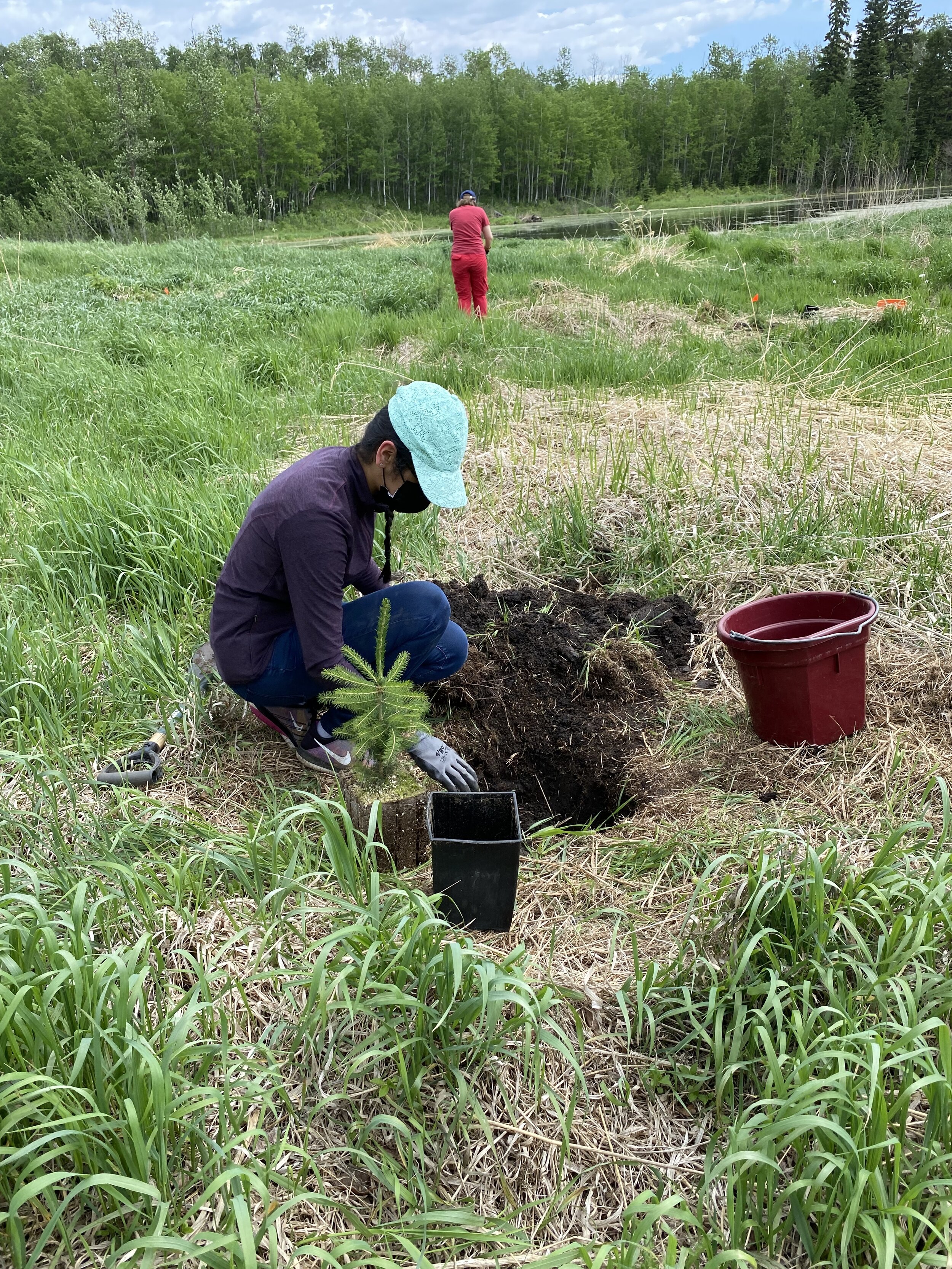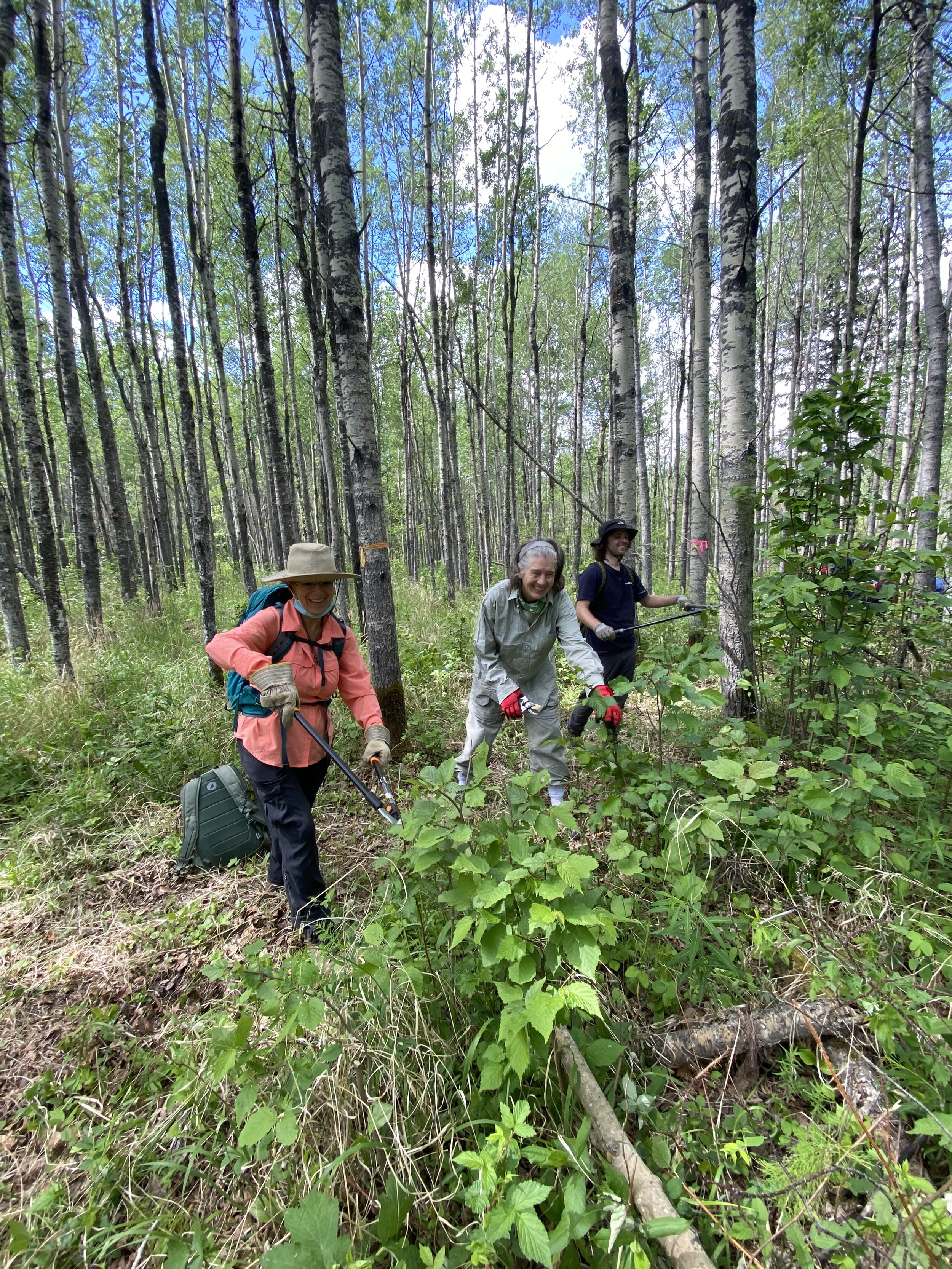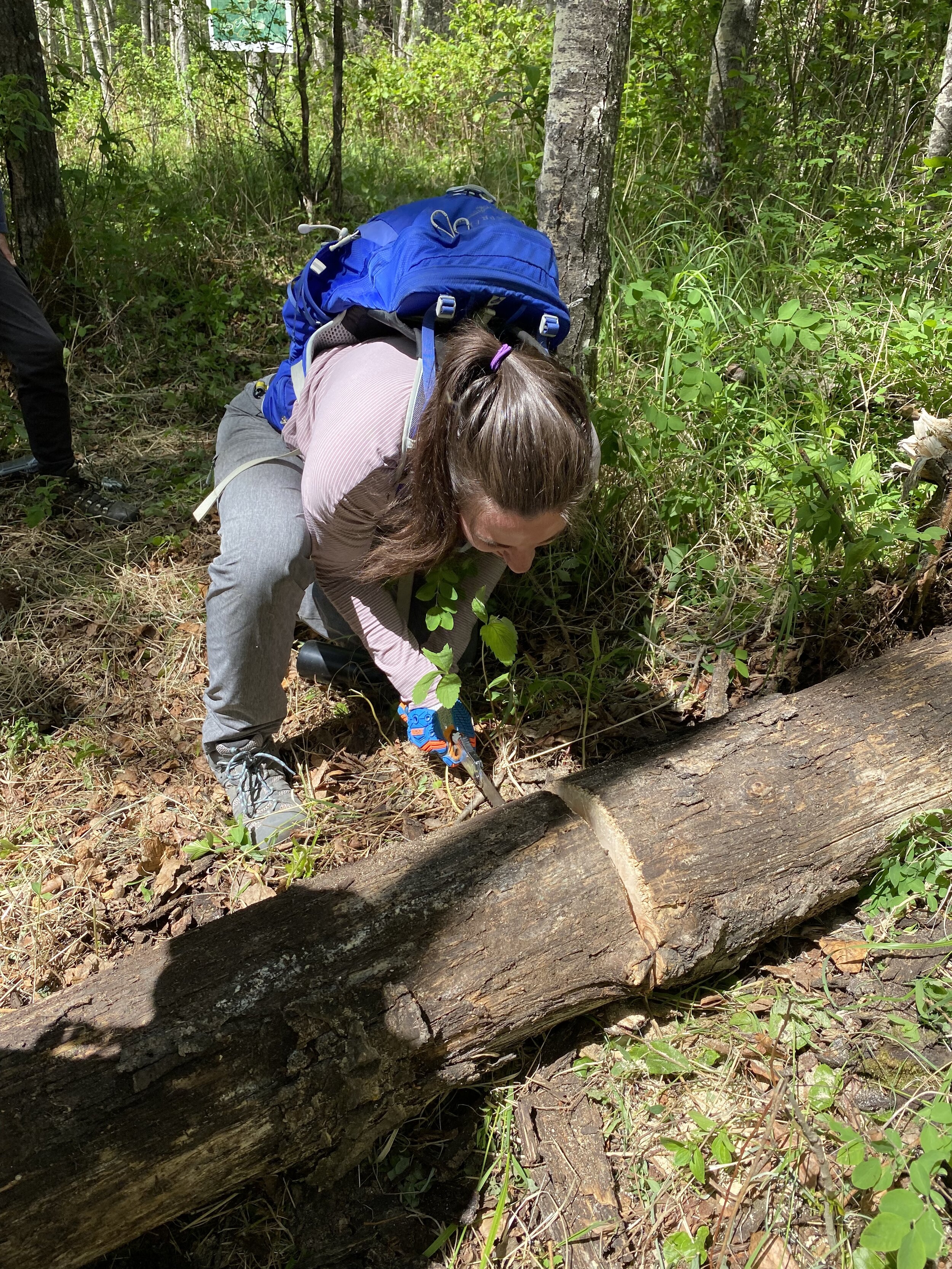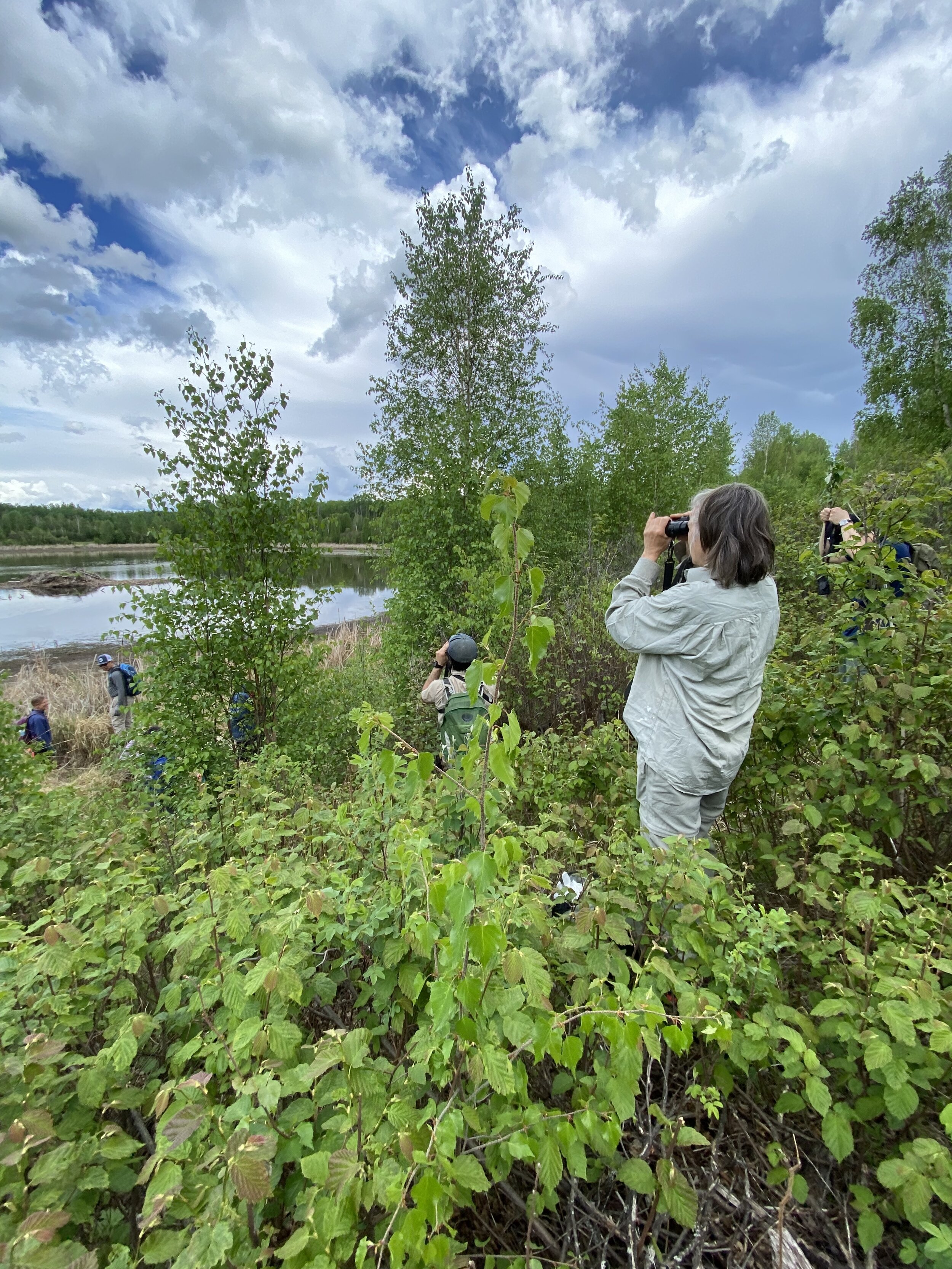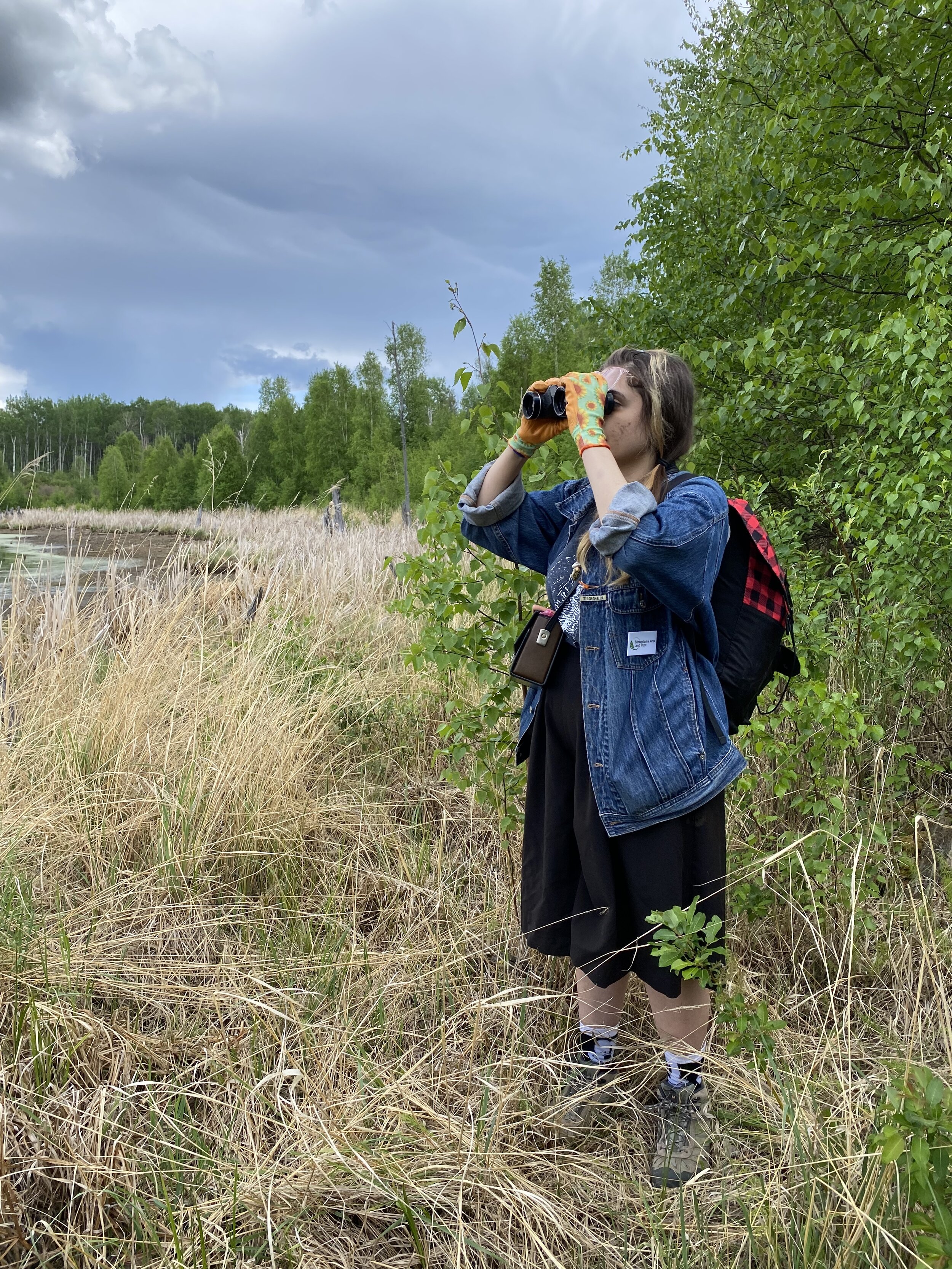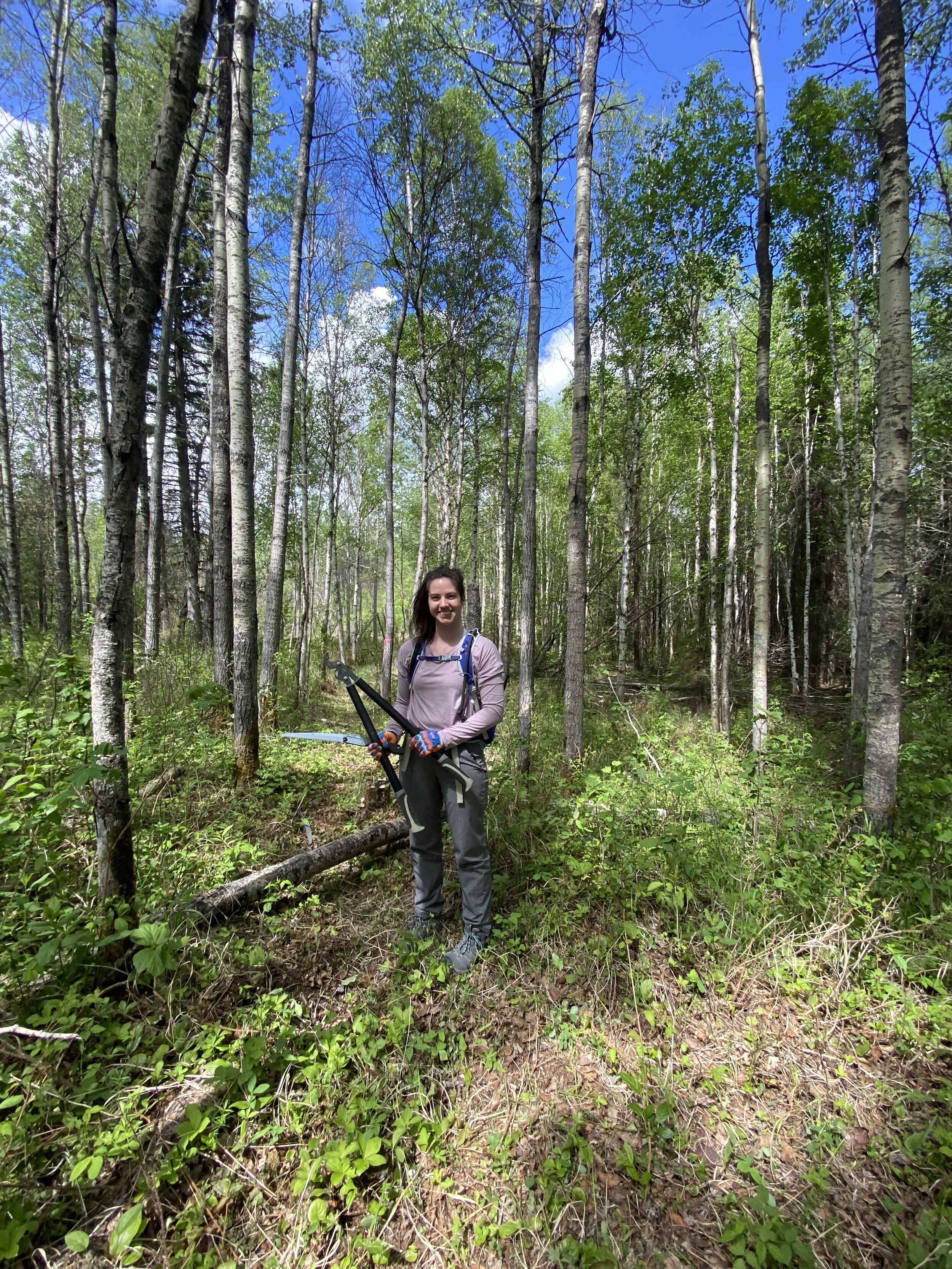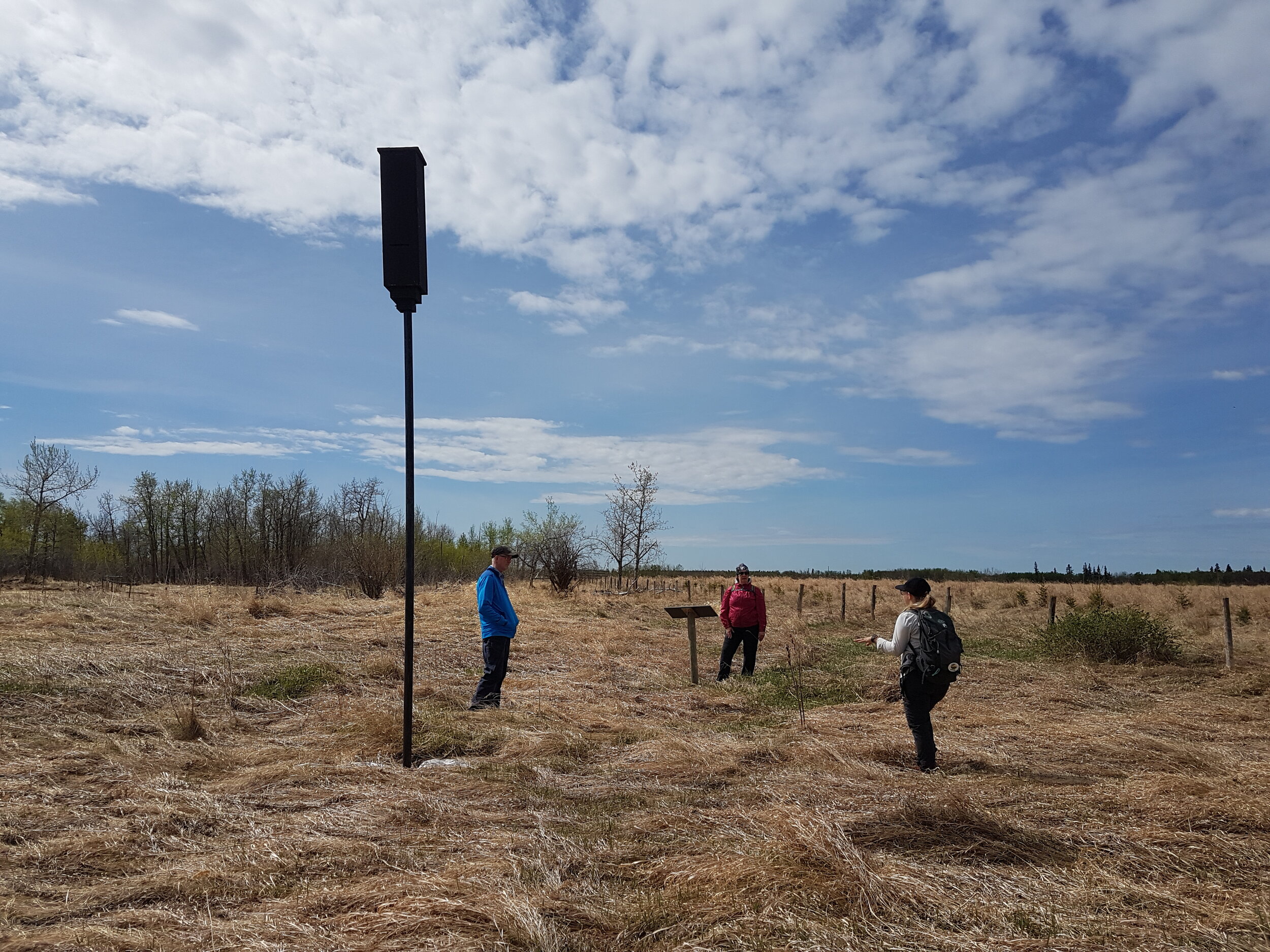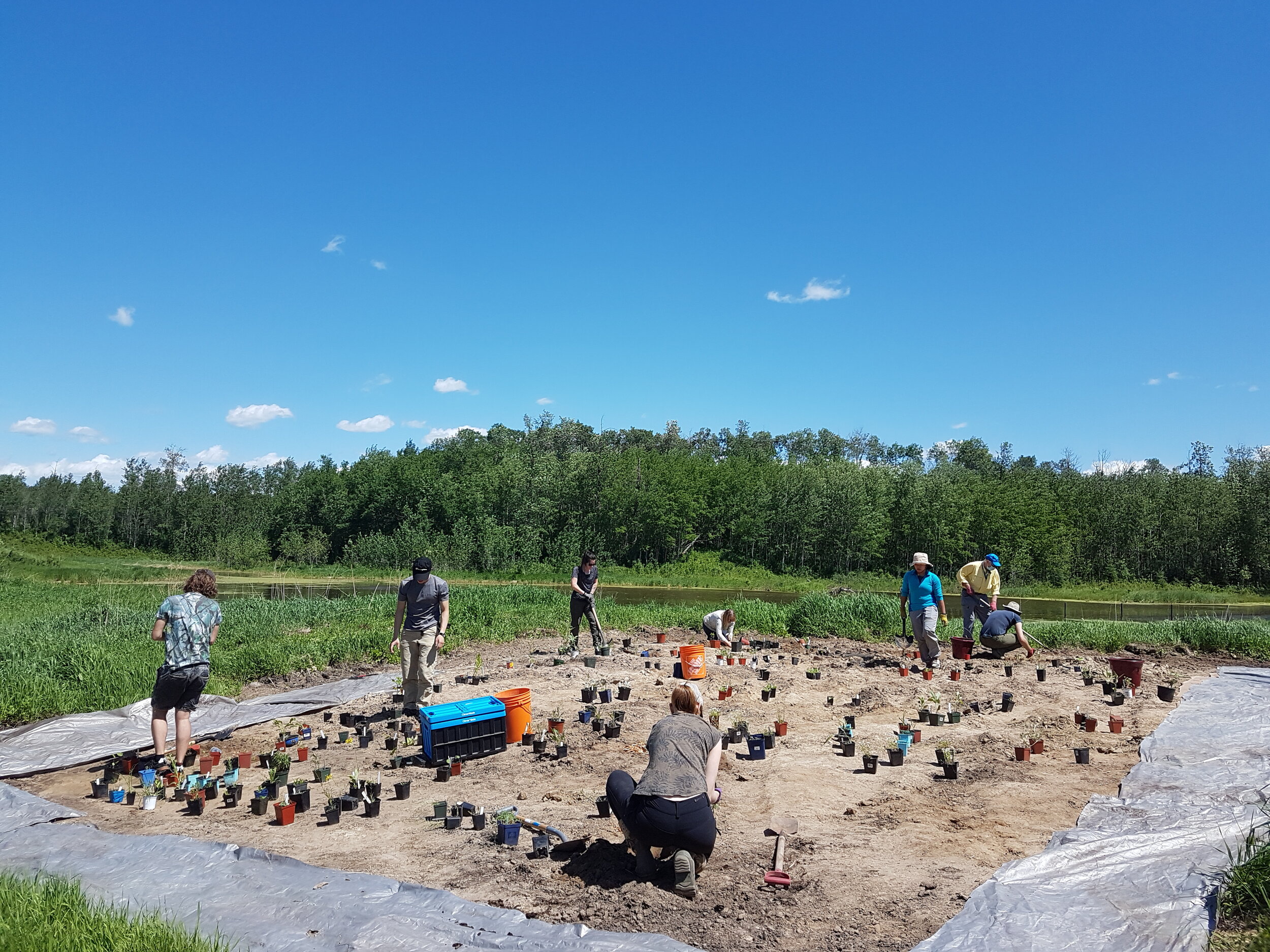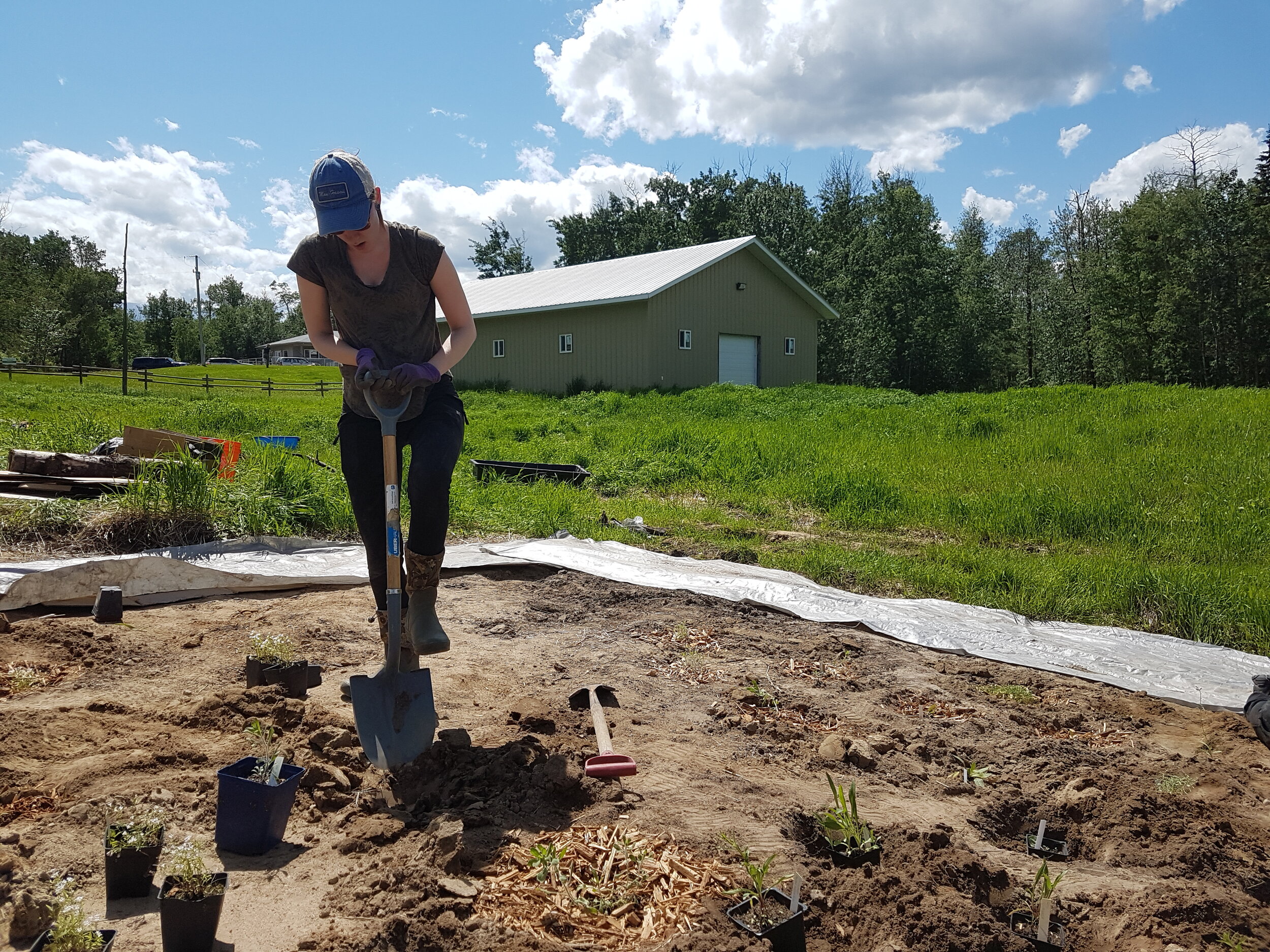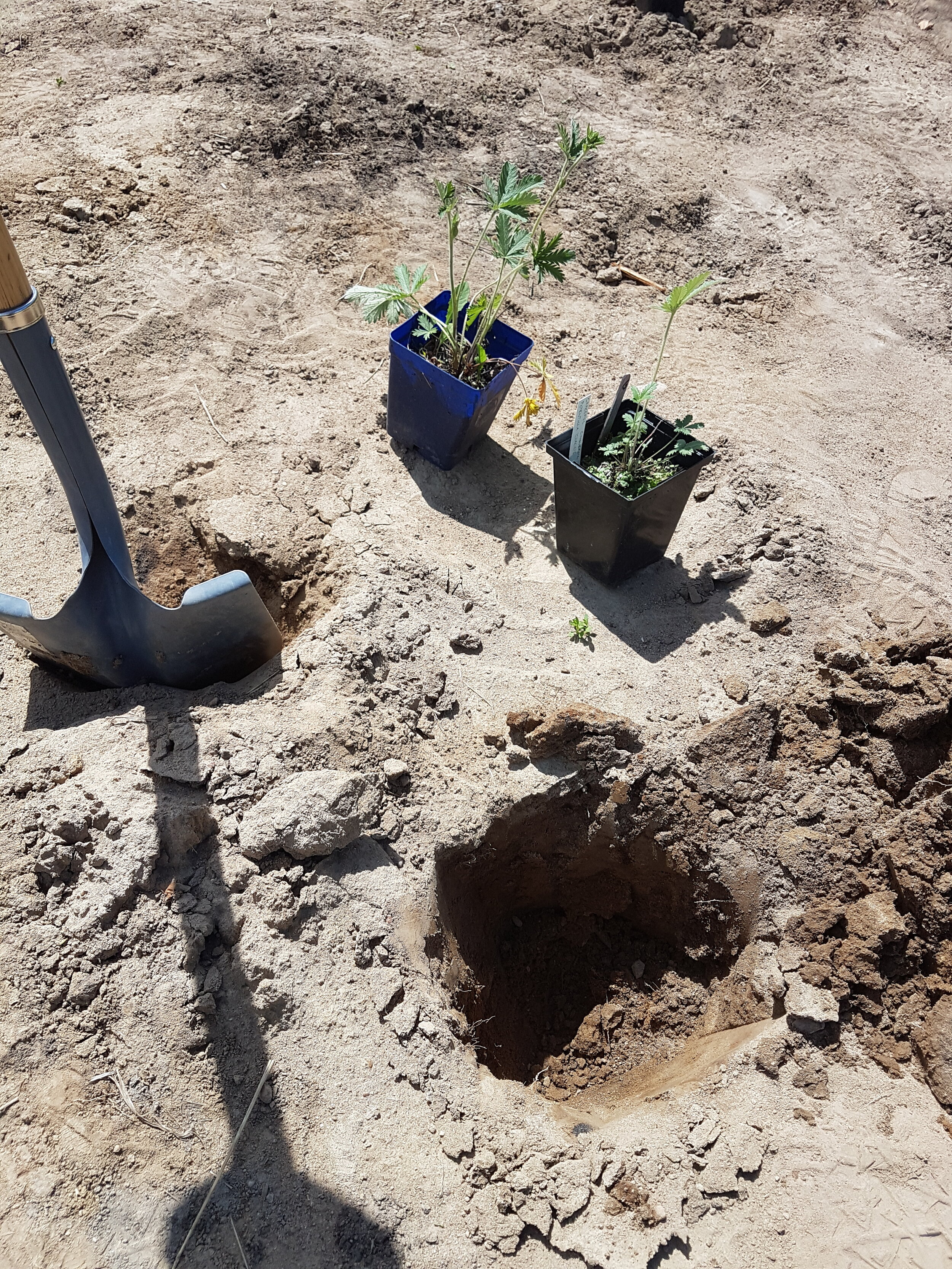With field work season in full swing, EALT staff and volunteers have been out on our conservation lands working hard to make these safe and enjoyable places for people to visit. We’ve been fortunate to have an excellent start to our Conservation Land Stewards and Citizen Scientists volunteer programs as well - those extra hands have been critical in making sure we stay on top of all the work to be done.
April
Before winter said its final goodbye, EALT staff began preparing for a busy field season. This included several days at various sites to train volunteers as part of our new Conservation Land Stewards and Citizen Scientist programs. These dedicated volunteers have been helping EALT with trail maintenance, installing signs, surveying for bats and loons, and much more! In case you missed it, read our blog about the program launches here.
May
We didn’t hold any group volunteer events in May, but EALT staff with the help of some Conservation Land Stewards installed new signs at maskihkîy meskanaw - Glory Hills, Pipestone Creek, and Coates. We began preparing for one of our bigger projects this summer - a pollinator garden.
June
The heat started to crank up in June, and so did our field work schedule. June is one of our busiest months, as that’s when we do more mowing trails, pulling weeds, and other projects. Keeping the trails maintained on our conservation lands is one of the biggest challenges - so if you’re on one of our lands and notice the trail is a little overgrown, rest assured we’ll be getting to it as soon as we can.
Over 500 trees and shrubs were planted by EALT staff and other volunteer groups at Bunchberry Meadows, Smith Blackburn Homestead, and Golden Ranches. Thank you to Nature Alberta, Junior Forest Rangers, and the Alberta Trees Foundation for your help!
With funds from Alberta Ecotrust, we started working on our pollinator garden at the Smith Blackburn Homestead. Socially distanced volunteers planted 250 native plants, in partnership with the Edmonton Native Plant Society, to convert a degraded area that once was a cattle corral into a beautiful garden for pollinators. We still have some work left to do, but look forward to giving you more updates later in the year.
There’s more exciting work left for us this field season, including opening the Lu Carbyn Nature Sanctuary soon, finishing our pollinator garden, holding more volunteer events, and having goats back at Pipestone Creek to help us with our invasive plants. Stay tuned for our next field notes update later this summer.



